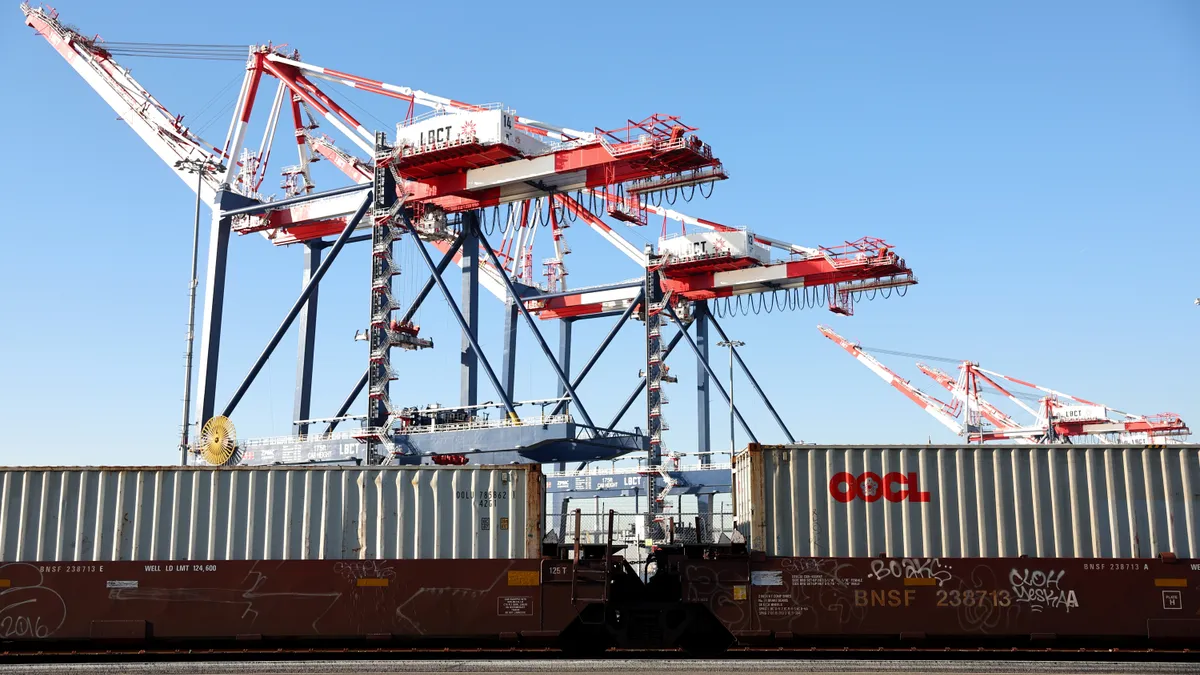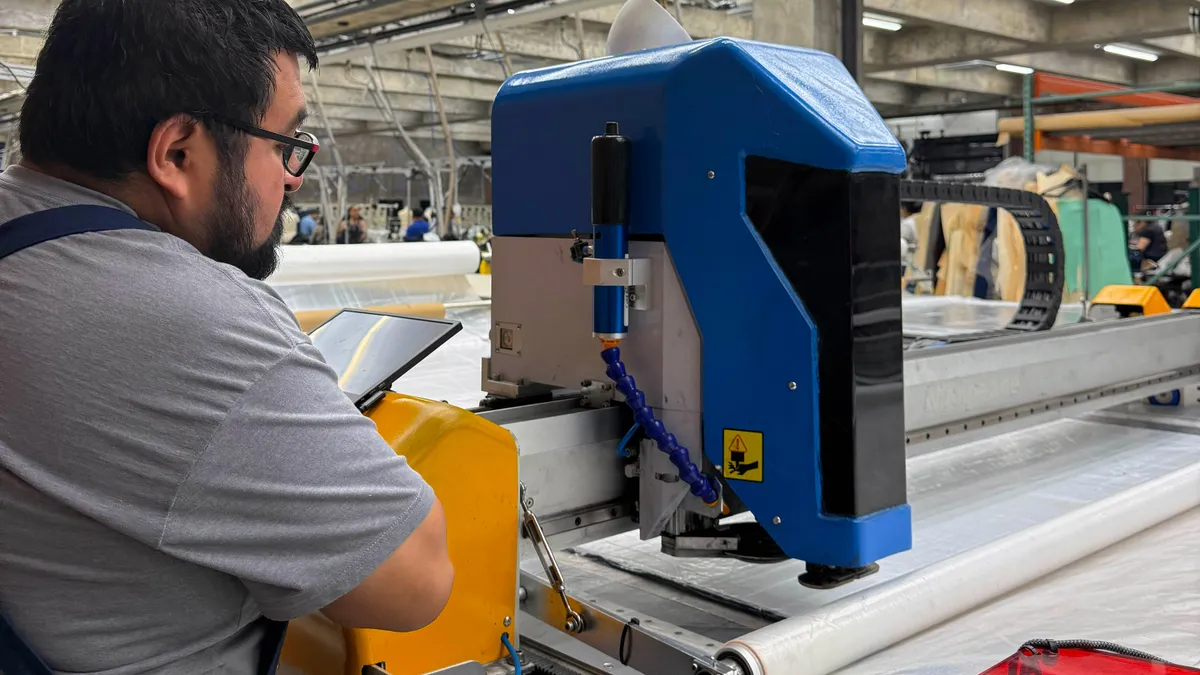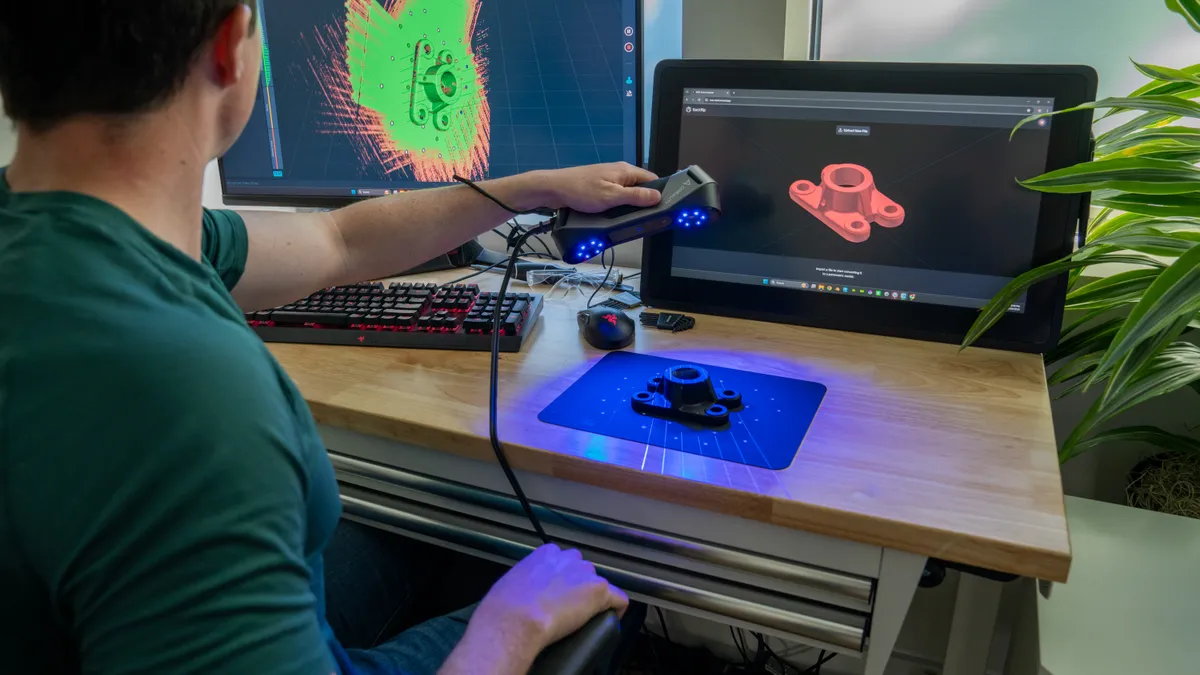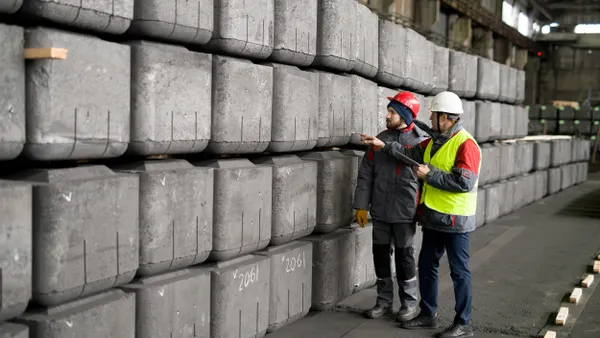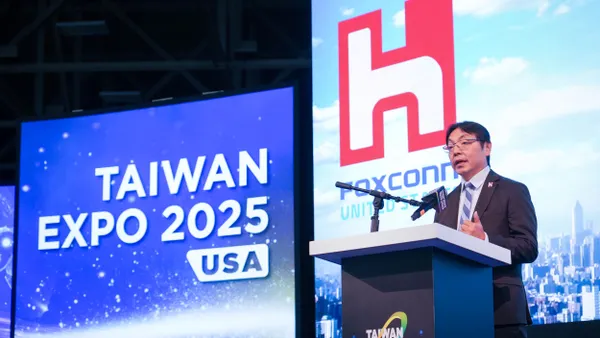Dive Brief:
- The Biden administration plans to onshore the manufacturing of U.S. port cranes in an effort to combat national security threats it says are posed by cranes made in China, according to a White House press release last week.
- Paceco, a U.S.-based subsidiary of Japan-based Mitsui Engineering & Shipbuilding, will lead the manufacturing efforts. The crane maker intends to partner with other manufacturing companies on the initiative, but final production sites and selected partners are still pending.
- The announcement marks the return of U.S.-based crane manufacturing for the first time in 30 years. China's state-owned ZPMC has dominated the U.S. crane market for roughly three decades. Before that, Paceco led U.S.-based crane manufacturing until the late 1980s, according to the press release.
Dive Insight:
The move to onshore port crane manufacturing is a part of the president’s plan to invest over $20 billion in U.S. port infrastructure over the next five years through his Investing in America agenda.
The White House is set on improving the nation’s cybersecurity and protecting federal government supply chain networks from foreign surveillance and intervention. As part of that effort, President Biden will sign an executive order to bolster the Department of Homeland Security and U.S. Coast Guard’s authorities to address maritime cyber threats, the press release stated.
The national security concern regarding cranes made in China is not new. Last March, Pentagon officials said the cranes were possibly being used as Chinese spying tools, according to a report from the Wall Street Journal. At the time, a Chinese embassy representative said U.S. concerns about the cranes were a “paranoia-driven” attempt to obstruct trade and economic cooperation with China.
Rear Admiral Jay Vann, head of the U.S. Coast Guard's cyber command, reemphasized the seriousness of these concerns during a Feb. 20 White House press call.
“By design, these cranes may be controlled, serviced, and programmed from remote locations. These features potentially leave PRC-manufactured cranes vulnerable to exploitation,” Vann said on the call.
U.S. officials estimate that machines made by ZPMC, which is the world's largest crane maker, account for nearly 80% of the lifting equipment used at U.S. ports.
“There are over — by our count, over 200 PRC-manufactured cranes across U.S. ports and regulated facilities,” Vann added. “Our Coast Guard cyber protection teams have assessed cybersecurity or hunted for threats, as of today, on 92 of those cranes.”
As for when the onshoring of production will take place, U.S. officials said they’re not looking to “rip and replace” the existing port infrastructure.
“So our goal is focused that new investment is secure, and then the steps are being outlined here — minimum cybersecurity requirements, the Maritime Security Directive — being used to secure the existing infrastructure,” Deputy National Security Advisor for Cyber and Emerging Technologies of the National Security Council Anne Neuberger said on the White House press call.



